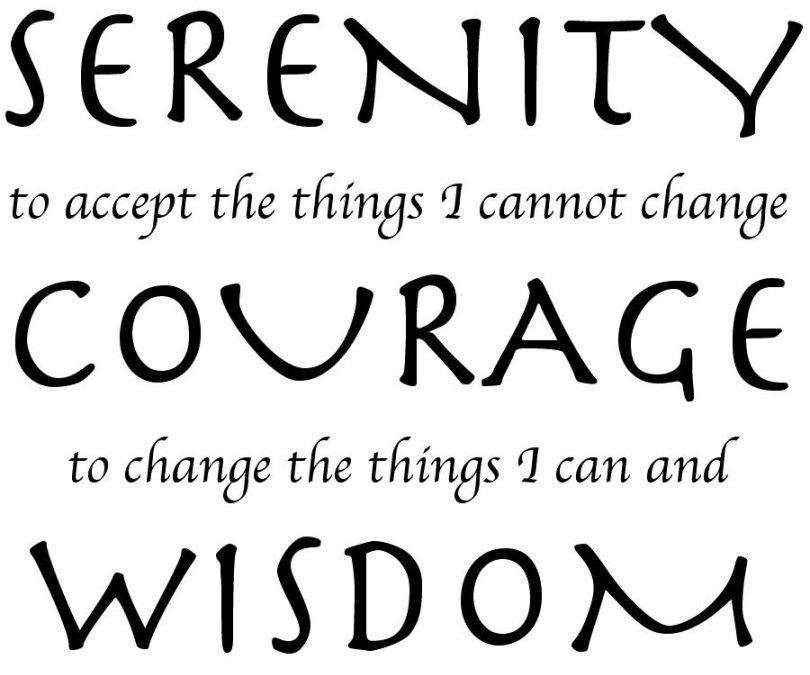Serenity Prayer: Evolution
In our work with couples we use Emotionally Focused Couples Therapy (EFT), the only empirically verified therapy for couples. We also work with Addiction, Anxiety, and Depression. In our work, we continually rediscover the great wisdom in the simple so-called “Serenity Prayer:” “God, grant me the serenity to accept the things I cannot change, courage to change the things I can, and wisdom to know the difference.”
In our previous blogs, we have touched on some of the genius inherent in this enduring prayer. We have also noted, in passing, that it has evolved slightly over the decades since it was composed in the early 1930s.
The first time the prayer appeared in print was in 1937. At that time, the prayer appears slightly altered from its current form: “Father, give us courage to change what must be altered, serenity to accept what cannot be helped, and the insight to know the one from the other.”
Another, again slightly different version, appeared about that same time: “God, give us grace to accept with serenity the things that cannot be changed, Courage to change the things which should be changed,
and the Wisdom to distinguish the one from the other.”
The force of the prayer is the same, but note the change between the generic word “God” and the more intimate “Father.” Also notice the first petition is for “grace to accept with serenity” as opposed to the simple request for “serenity” itself. Regarding Courage, both of these earlier versions imply a sort of moral imperative to the changes that “must” or “should” take place. In our modern version, the emphasis is on the limitations of our ability to effect change, not on any subjunctive notions of absolute “right and wrong.” Finally, note the simple but more informal change from the “insight” or “wisdom” of “to distinguish the one from the other” to our more modern “the wisdom to know the difference.” Same meaning, but a different feel.
Of course, as with any living document, this prayer has been appropriated by many organizations and been reprinted thousands of times. Anyone who has ever played the children’s game of “telephone” knows how subtle, even startling, changes can creep into even the simplest and most straightforward message.
The fact that different versions exist is nor remarkable. What is remarkable is the how this prayer has endured and still has power today. The wisdom of the prayer is self-evident to those who struggle with addiction, anxiety, confusion, and relationships—and who doesn’t at some point in our lives.
In our next blog on the Serenity Prayer, we will take a look at the whole prayer. Many people who have been saying this prayer for years do not even know that it is but the first paragraph of a longer, much richer prayer. That is for next time.






